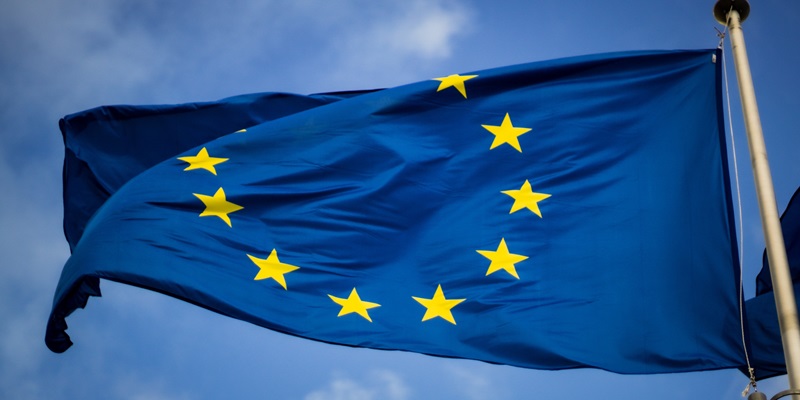In today’s digital era, data visualization has become an indispensable tool for organizations across Europe. With vast amounts of complex data being generated every second, the ability to transform this raw data into visually appealing and easily understandable graphics has empowered businesses, governments, and individuals to make informed decisions and drive progress. This article explores the importance, benefits, and role of data visualization in Europe’s digital transformation journey.
Transformation of Raw Data
Data visualization acts as a bridge between raw data and its interpretation. By converting complex data sets into visually stimulating graphics, it allows users to comprehend and extract valuable insights from the information at hand. Gone are the days of poring over endless sheets of numbers and figures; data visualization enables users to access and interpret crucial information with just a glance. This transformation has revolutionized the way organizations approach their data analysis, sparking a new wave of informed decision-making and progress.
Identifying Patterns and Trends
One of the fundamental advantages of data visualization is its ability to uncover patterns, trends, and correlations that would otherwise remain hidden in raw data. By providing a visual representation, data visualization allows users to identify connections and understand relationships between various data points. This invaluable tool enables organizations to spot emerging trends, highlight outliers, and make strategic decisions based on data-driven insights.
Revolutionizing Communication and Understanding
Data visualization is transforming the way information is communicated and understood. With its visual appeal and simplicity, it engages stakeholders and enables efficient knowledge transfer. Integrating data visualization into Europe’s digital transformation journey has become imperative, as it facilitates the seamless sharing of complex information across teams and organizations. By presenting data in an easily digestible format, data visualization enhances understanding, reduces the chances of miscommunication, and fosters collaboration among stakeholders.
Simplifying Complex Information
The ability to simplify complex information is one of the key benefits of data visualization. By translating intricate data sets into intuitive visualizations, it allows stakeholders of all levels to grasp insights and draw meaningful conclusions without being overwhelmed by the underlying complexity. Whether it is analyzing market trends, tracking customer behavior, or assessing performance metrics, data visualization streamlines information, making it more accessible and actionable.
Effective Communication and Engagement
Effective communication is crucial to the success of any organization. Data visualization streamlines the delivery of insights, enabling organizations to communicate their findings effectively. By visualizing complex data sets, decision-makers can present their ideas, strategies, and recommendations in a comprehensible manner, saving time and enhancing engagement among stakeholders. Furthermore, interactive and dynamic data visualizations encourage active participation and empower stakeholders to explore the data, leading to deeper insights and more informed decision-making.
Driving Informed Decisions and Progress in Europe
Data visualization plays a pivotal role in enabling organizations across Europe to make informed decisions and drive progress. By unlocking valuable insights from the vast amounts of data generated, decision-makers can identify opportunities and address challenges with confidence. From optimizing operations to improving customer experiences, data visualization empowers organizations to leverage data to its full potential.
Enhancing Understanding and Communication
In summary, data visualization simplifies complex information, enhances understanding, and enables effective communication of insights. Its role in Europe’s digital age cannot be overstated. As organizations and governments continue to embrace the digital transformation journey, data visualization will undoubtedly be a driving force in shaping Europe’s future. By harnessing the power of data visualization, Europe can unlock valuable insights, drive innovation, and make informed decisions in an increasingly complex and interconnected world.
Data visualization has emerged as a transformative technology in Europe’s digital era. Its ability to transform raw data into visually appealing and easily understandable graphics empowers organizations to make sense of complex information, communicate effectively, and drive progress. As Europe continues its digital transformation journey, data visualization will remain an essential component, enabling informed decision-making and shaping the continent’s future. Embracing the power of data visualization is key to unlocking insights and capitalizing on the vast potential of data in Europe and beyond.

